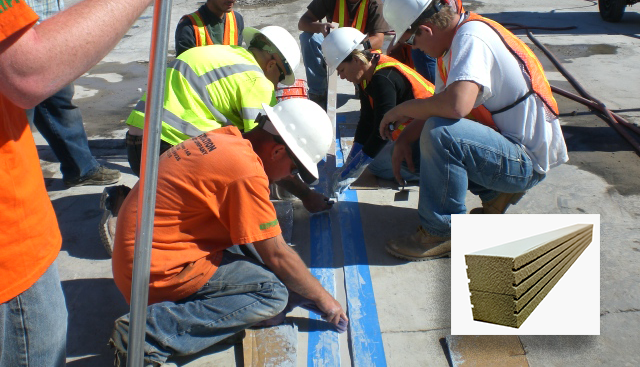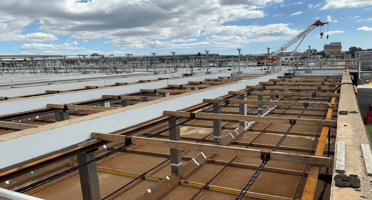26th Ward Wastewater Treatment Plant LOCATION: Brooklyn NYC, near Jamaica Bay CLIENT: New York City...
How to Measure Expansion Joints

What are Expansion Joints
Expansion Joint systems can be used with a variety of different substrate types including new/old concrete, steel, elastomeric concrete or (in some instances) a combination of the mentioned materials. The essential function of an expansion joint is to allow the smooth expansion and contraction of the structure due to the thermal variation throughout the year. On bridges, for example, the structure must be able to handle movement due to man-made and environmental forces. In buildings, expansion joints are installed to allow for movement, prevent moisture intrusion and assist in controlling the interior climate of the building.
Related Article: Surface Preparation for Expansion Joints on Bridges
There are several key criteria involved in the successful installation of an expansion joint system. The appropriate expansion joint material must be selected for the structure; the expansion joint material must also be installed. Before an expansion joint system can be installed, the dimensions of the expansion joint(s) require accurate measurements.

Measuring a Bridge Deck Expansion Joint
If the structure is currently being built or in the final design, use the design drawings to find expansion joint measurements. Be careful to note if multiple widths are present in the drawings. Once confirmed, the variations in the width should be communicated to the expansion joint manufacturer. The Chase Corporation can assist in the take-off of the expansion joint details.
If measuring on an existing structure, the width and depth of the expansion joints should be physically measured. The original design drawings or even the as-built drawings may not accurately provide the dimensions. Always take field measurements on existing structures, and measure the joint opening during the coolest possible temperature to record the maximum size of the opening. Concrete will expand in warm temperatures and contract in colder weather.
Related Article: Should Expansion Joints be Reused?
Based on their most material composition, expansion joint materials are typically capable of managing a dynamic range of movement. Chase Corporation’s Phyzite 380 Expansion Joint System, for example, is capable of functioning between 60% compression and 30% tension as well as handling up to 50% horizontal and vertical shear forces.
Chase Corporation will typically oversize the width of the expansion for our expansion joint material by 25% over the actual width of the joint to accommodate the compression joint due to the temperature, seasonality, and the engineered calculation of movement.
If you have any questions, require information or assistance on your next expansion joint project, please visit the Chase website at www.chasecorp.com.








